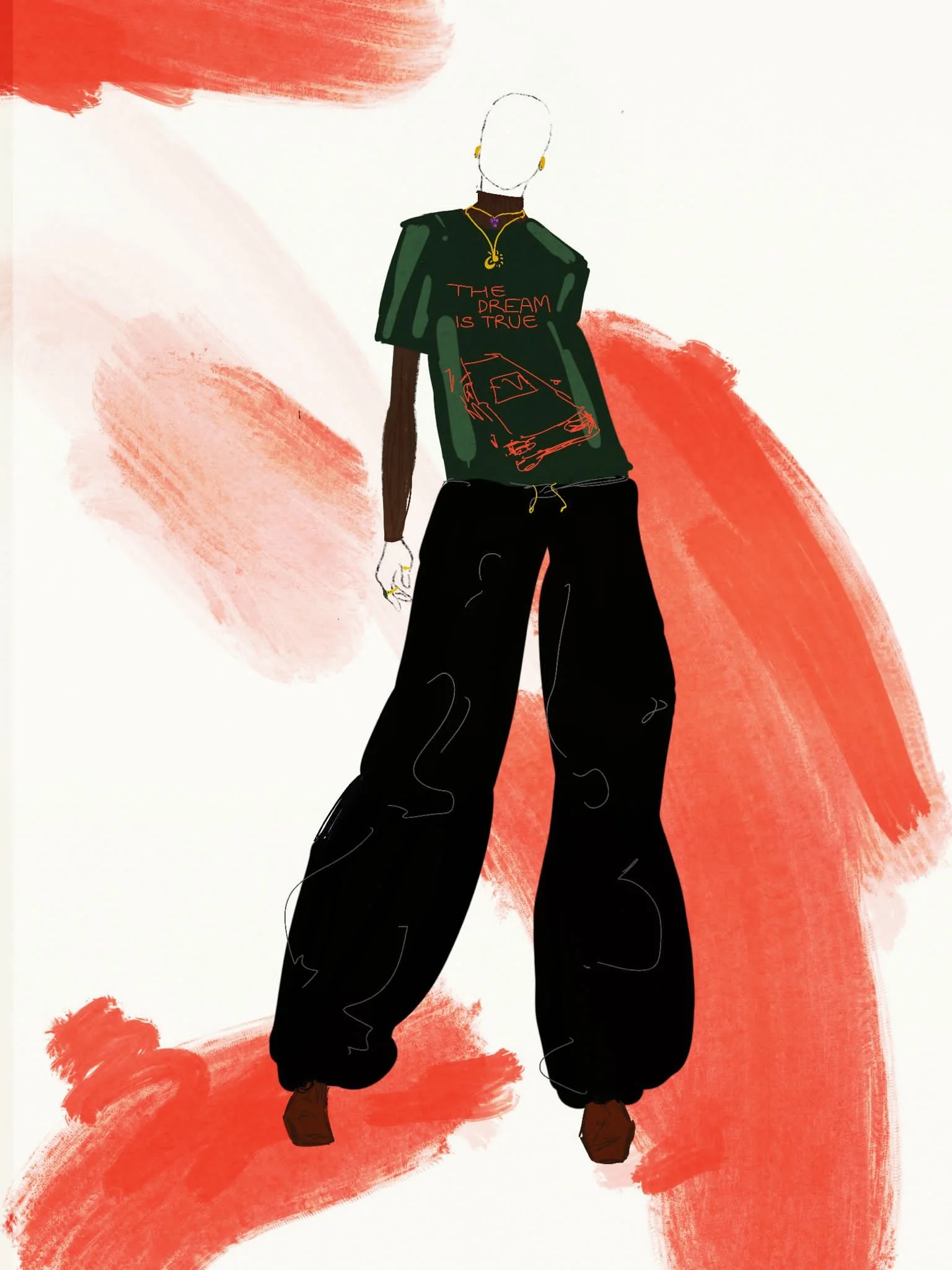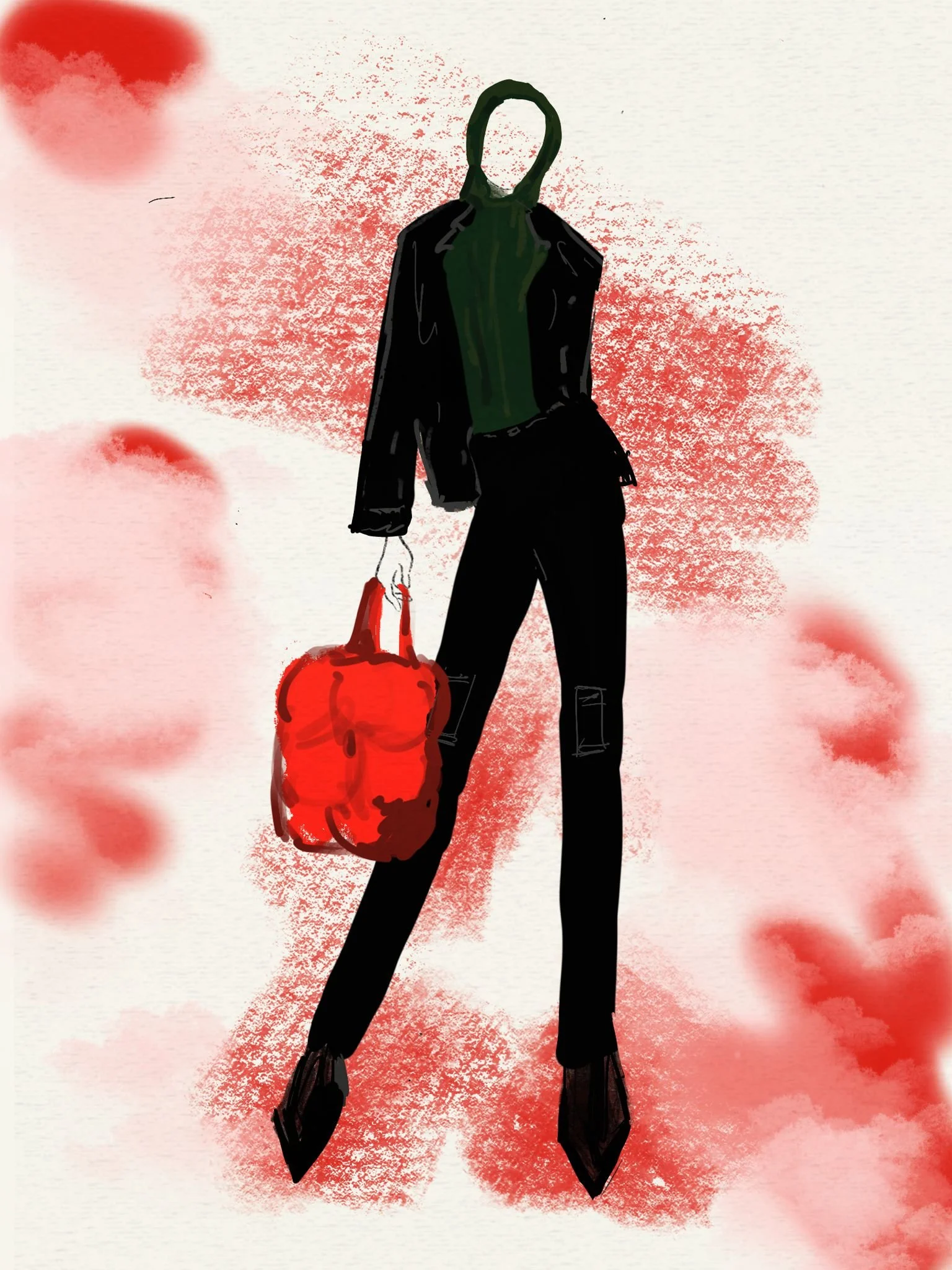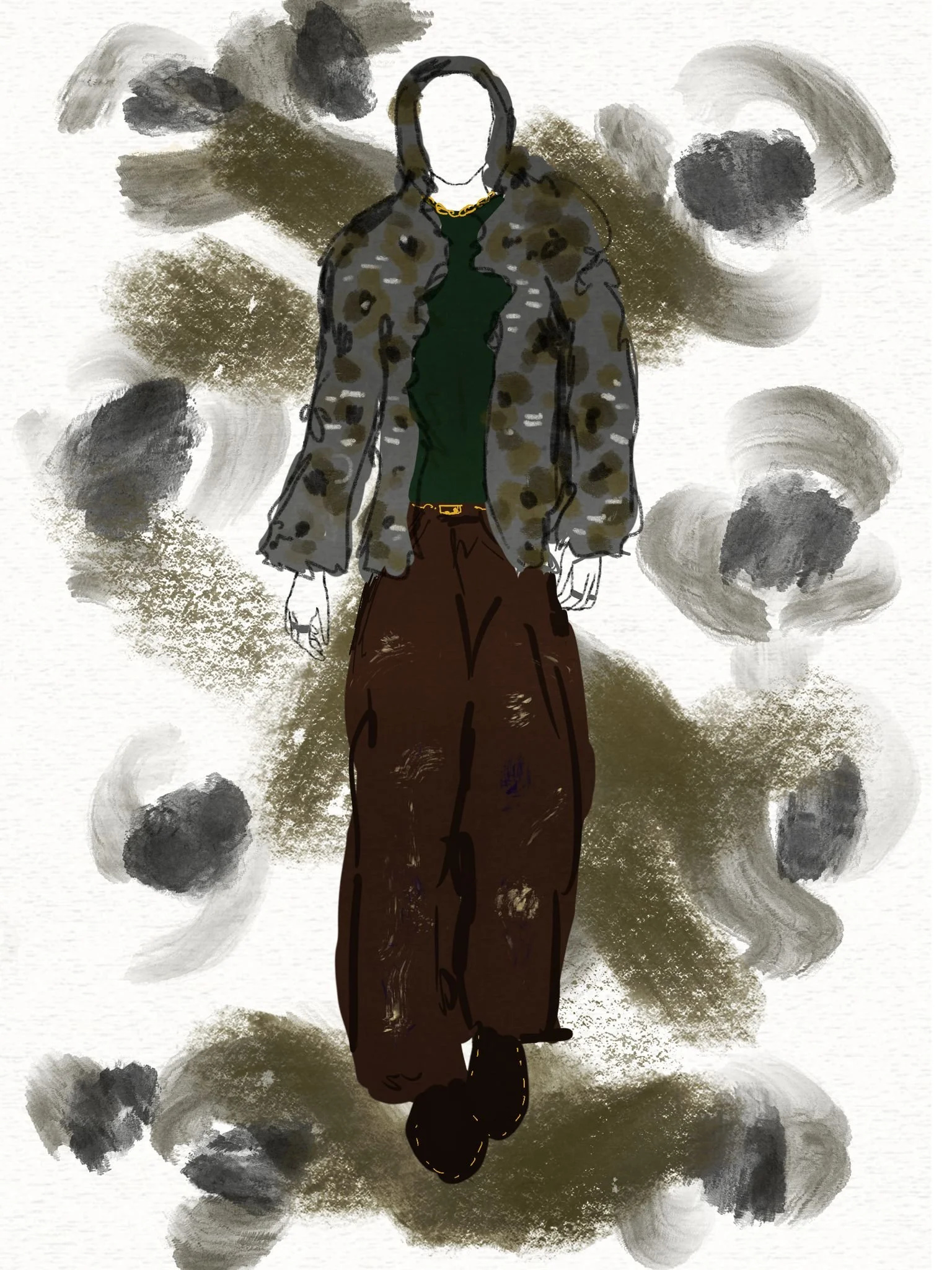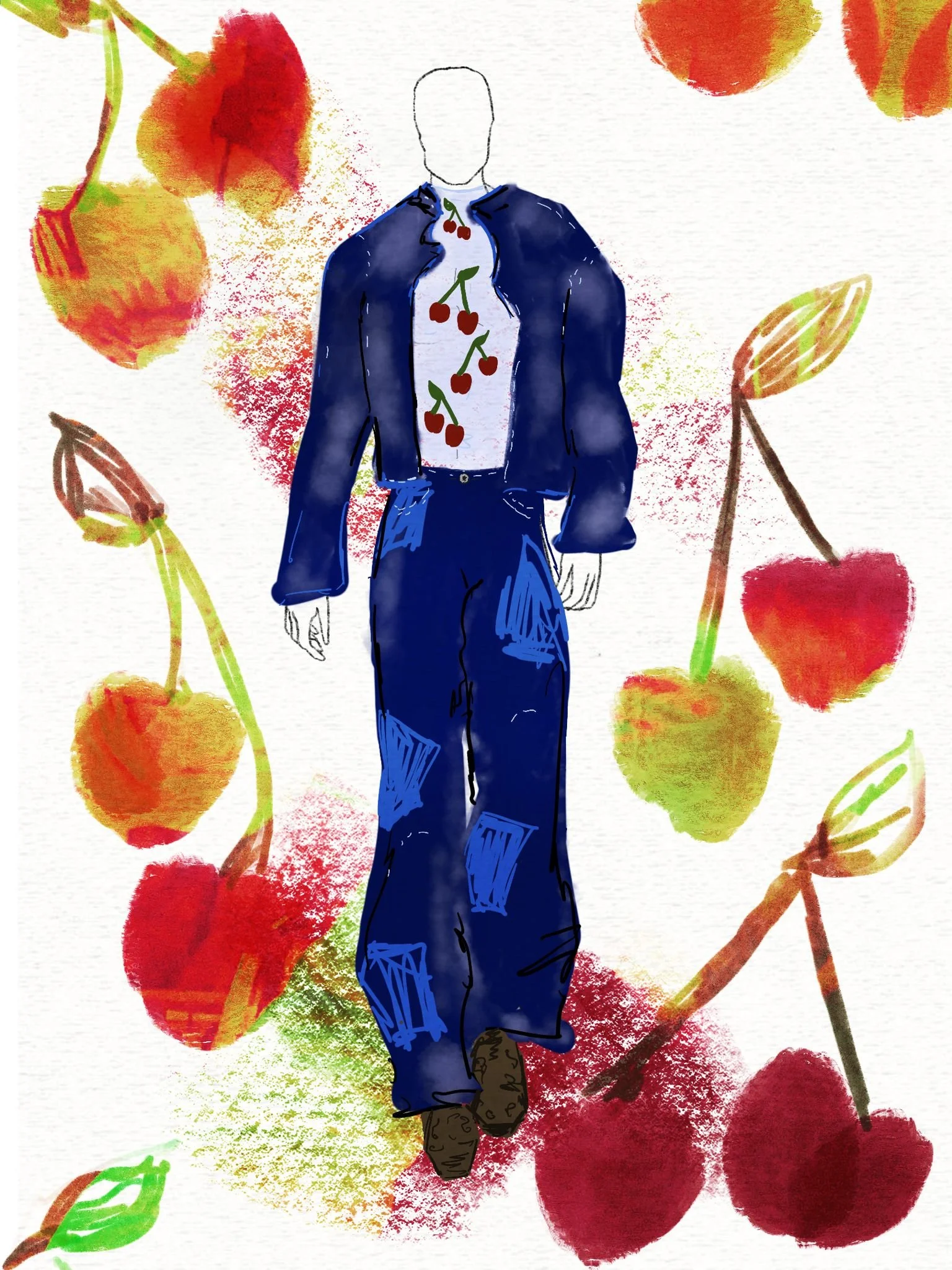The power of fashion illustration
The power of fashion illustration
It is time to rediscover the insight and impact of the illustrator
November 24th 2022
Amber by Rahi Ali
If one thing is clear when it comes to modern fashion media, it is the total domination of photography as a form of image representation and consumption. This is no surprise considering that with the exponential growth of image-based platforms such as Instagram, observing photographs online has become a ground zero for most people’s daily fashion consumption. But this hasn’t always been the case. Before technology graced us with beautiful photographic magazine covers, editorials and look-books, it was illustrators that carried the responsibility of channelling a designer’s vision into an image for the public to see.
In fact, as far back as the 17th century, fashion magazines were using illustrations to share the new and most popular fashions of the time. Known as fashion plates these illustrations revealed the most popular dress of the moment and were available not only to purchase but also to subscribe to. This marked the beginning of the trend cycles that we see today, in which fashion images are used to push and promote particular styles or pieces.
Elizabete by Rahi Ali
Illustration is not just a medium of the past: it is a medium that remains interwoven into the fashion system. For many designers, sketching is an invaluable way to communicate their ideas – and the appreciation of those in the design field for illustration is clear. In 2021, Kim Jones released an incredibly popular collection for Fendi inspired by the work of illustrator Antonio Lopez. Stella McCartney has previously released illustrated ad campaigns, and amid the covid lockdown of 2020, Daniel Roseberry proved that you don’t need a hundred people on an editorial shoot for a collection to go viral, after his illustrations circulated Twitter and Instagram.
If there is one area of fashion where illustrations seem to be overlooked, it is the place they once thrived: the fashion media. Opening a fashion magazine today, whether you see an editorial, an ad campaign, a lookbook or anything else, you can usually count on it being in photographic form.
Isaac, by Rahi Ali
As exciting and stimulating as a photo shoot may be, is there a value to illustration that we overlook? A value to a less literal and more emotion-based medium – one beyond restrictions of what is physically possible? I put this to the test, with the help of graphic design student Rahi Ali by conducting an experiment at the London College of Fashion. The idea was simple: draw student outfits without ever physically seeing them. All Rahi had to go on was the students’ own explanation of their outfits and any audible emotion. You can watch the process video below.
The outcome was clear. While the resulting images may not have been 100% true to life, there is a sense of personal connection you get with a hand-drawn image that is more difficult to convey through a photograph. In a sense, what you receive in a drawing is truer to how you see yourself: more of a creation of a character than a literal representation of someone. One interviewee, Isaac, said: “I think the benefit of having an illustration is the outfit feels more surreal. When I look at the interpretation of my outfit it feels like a memory… the illustration feels like another version of myself that I didn’t know existed.”
Our last participant, Ian echoed this sentiment, saying: “It’s more of a personal piece. Somebody has taken the time to build a relationship with you… it’s cool that someone took the time to understand my outfit and consider the best way to represent it on paper.”
Ian by Rahi
While it would be silly to suggest that photography would or should be going anywhere, it is clear that there is an underappreciated value to going back to the classics in modern fashion media. When most of how we view fashion is from behind a screen, it is important not to forget the personal touches a more traditional medium can provide – and as the fashion world begins to turn its back on realism with the introduction of virtual fashion, maybe illustration can provide that sense of the balance – the emotive rock in a storm of impersonal Instagram ads and influencer looks.



